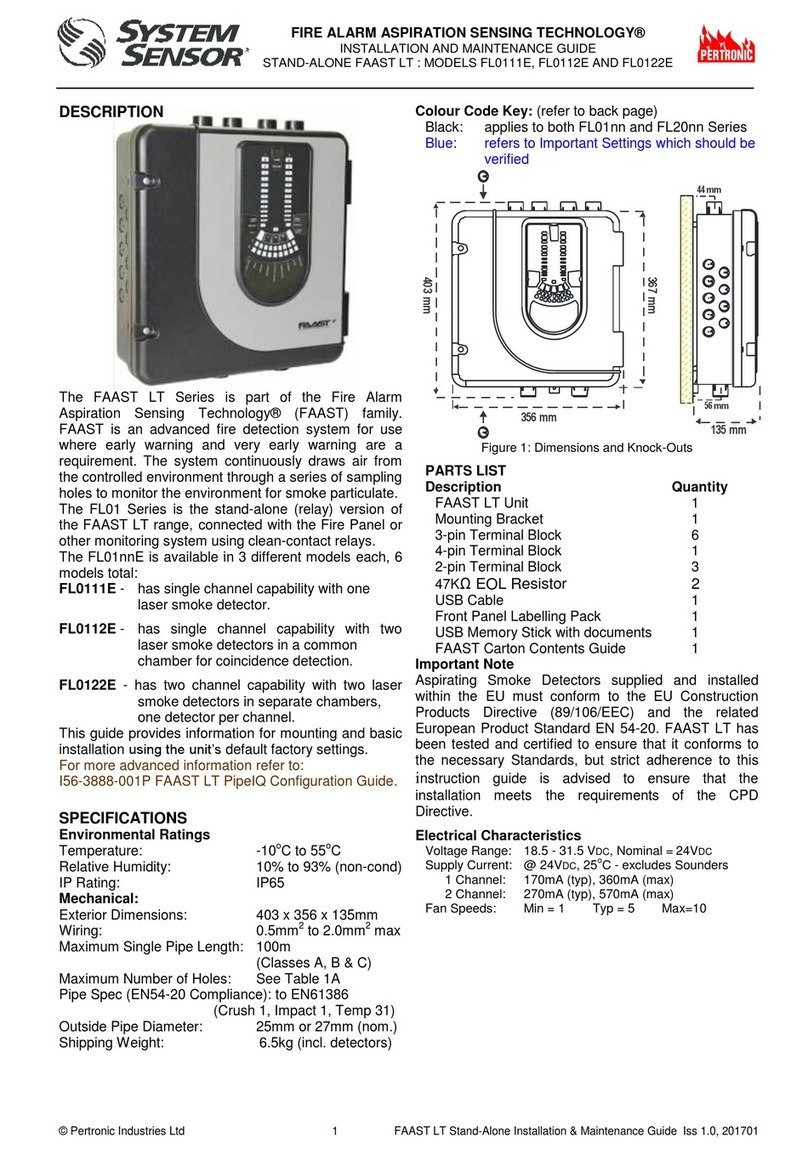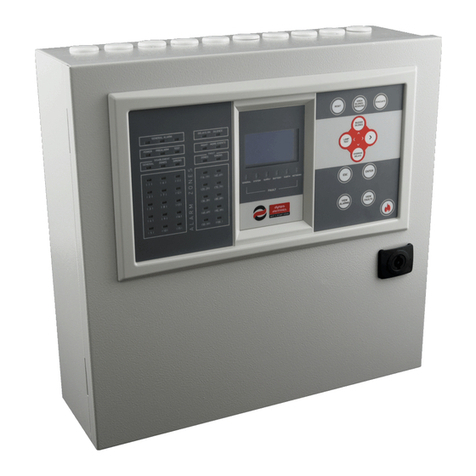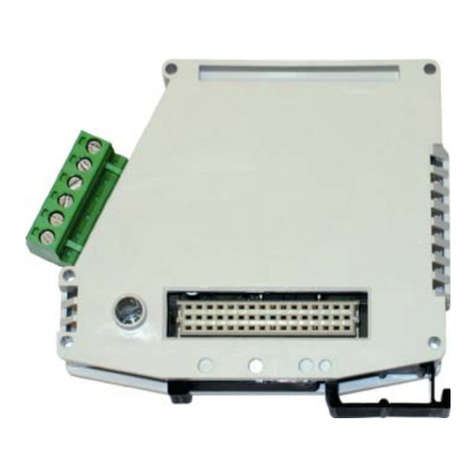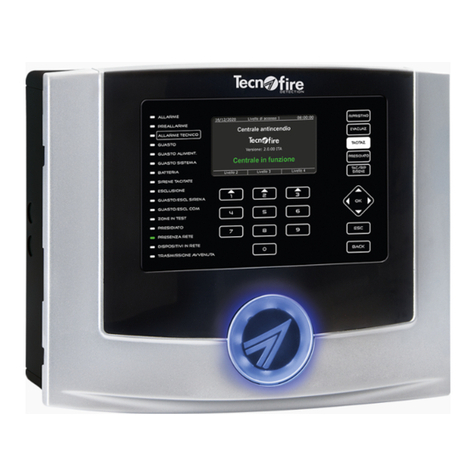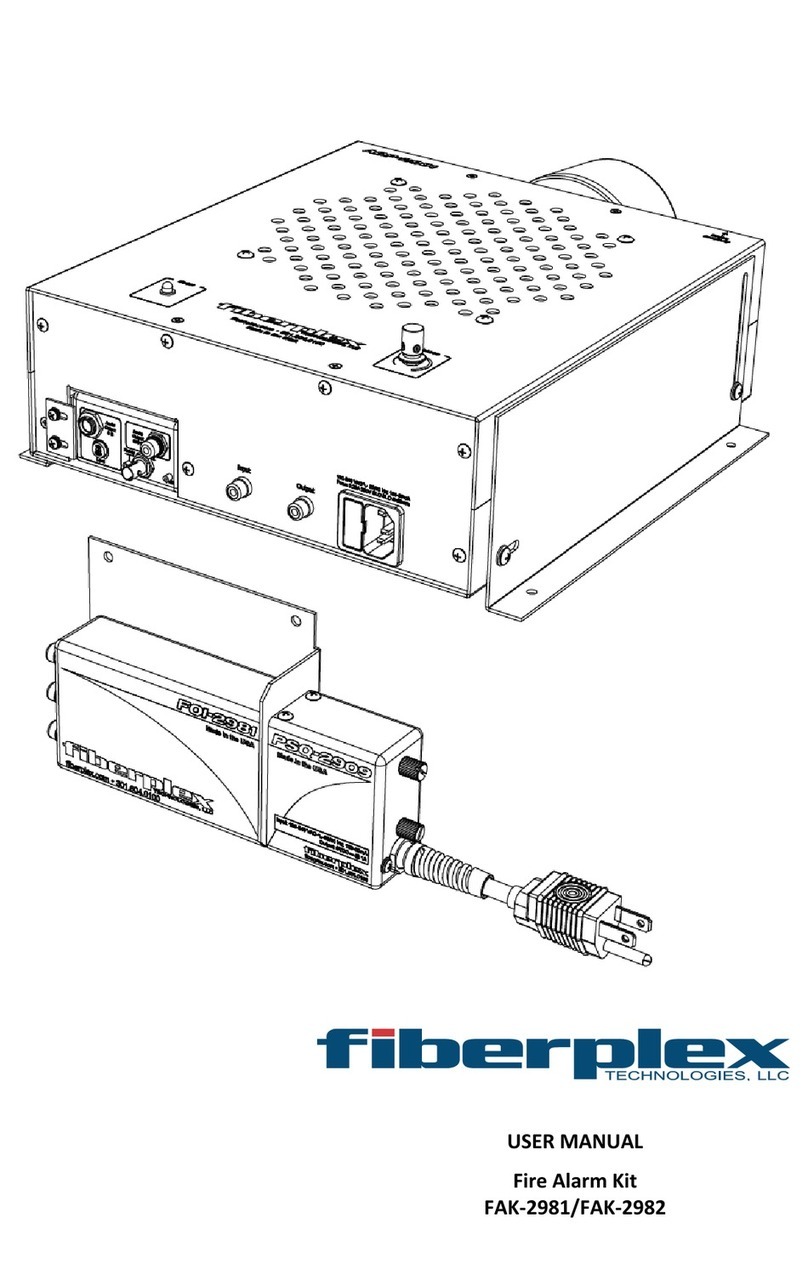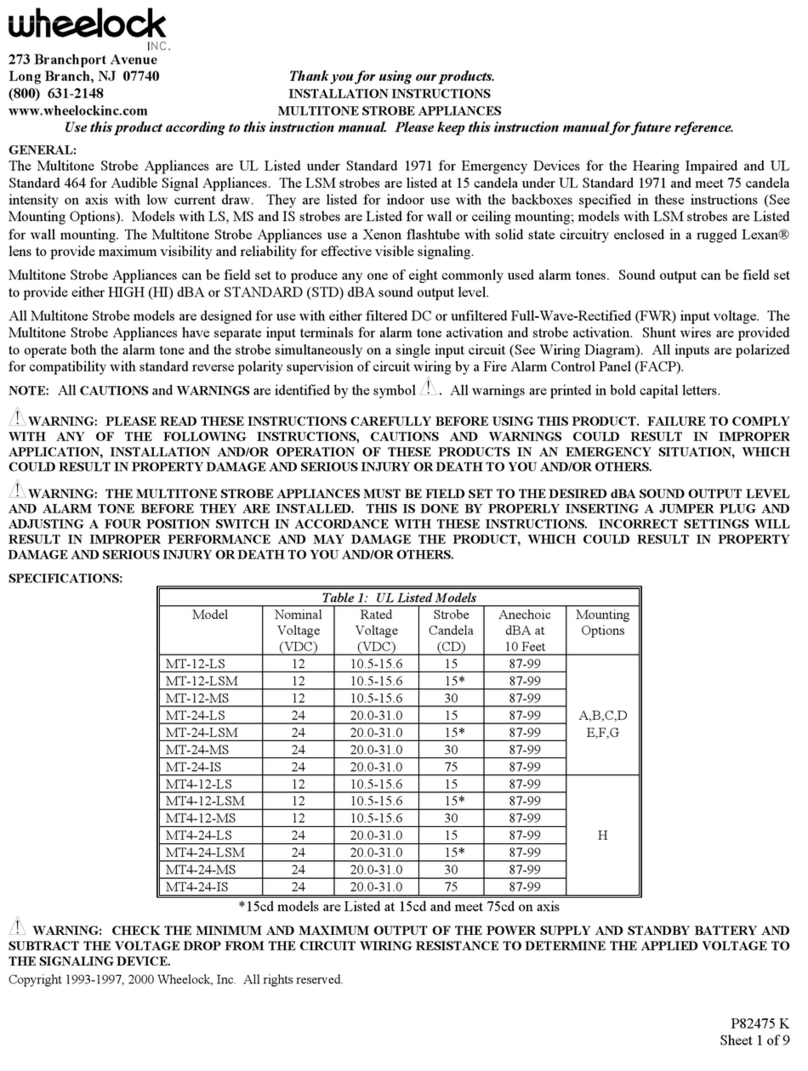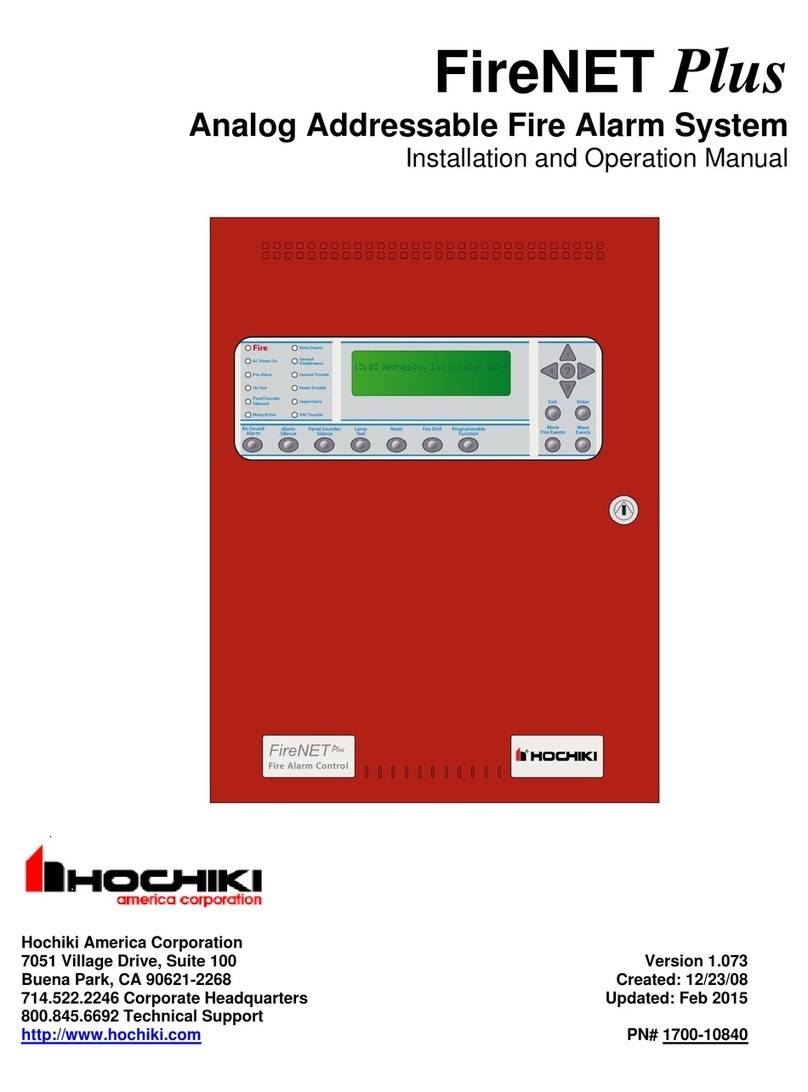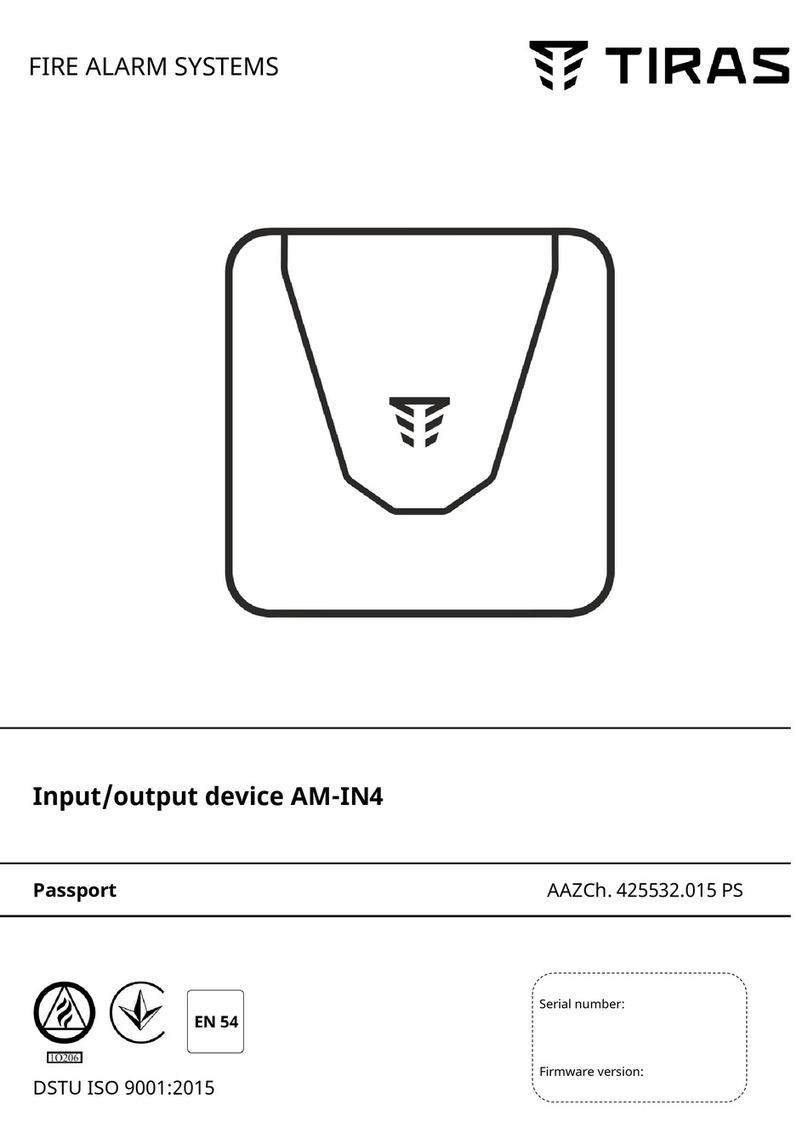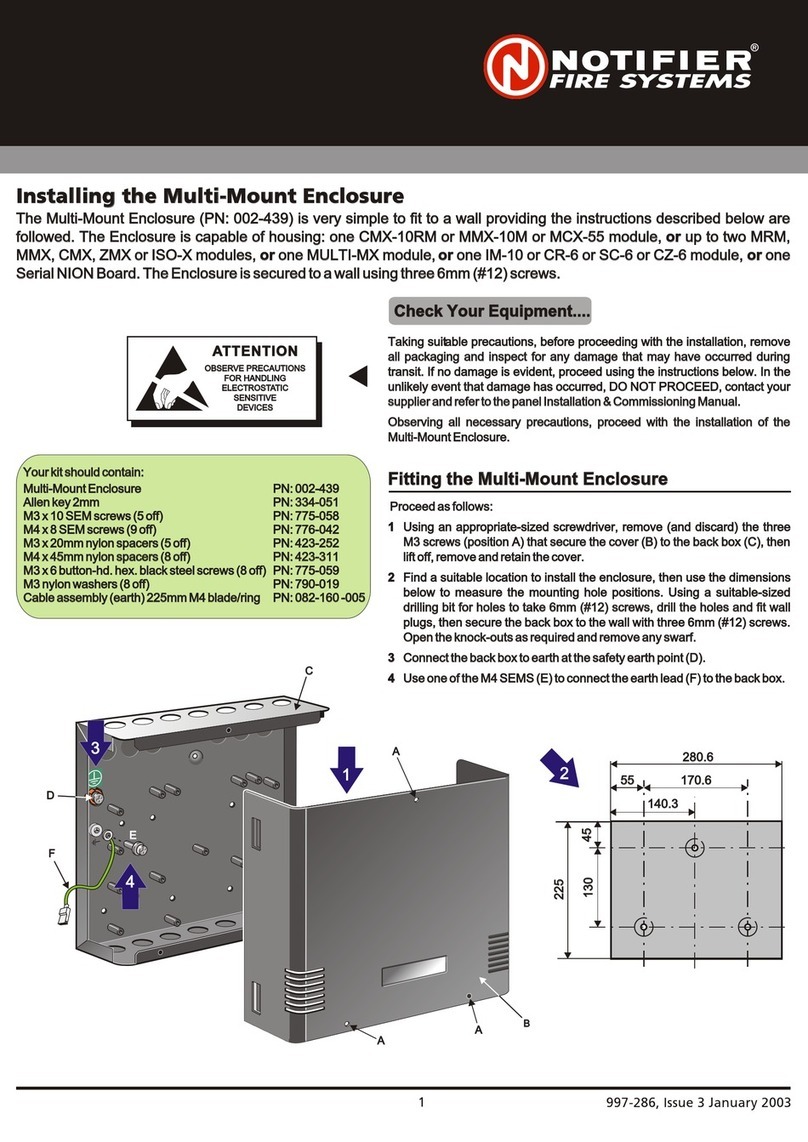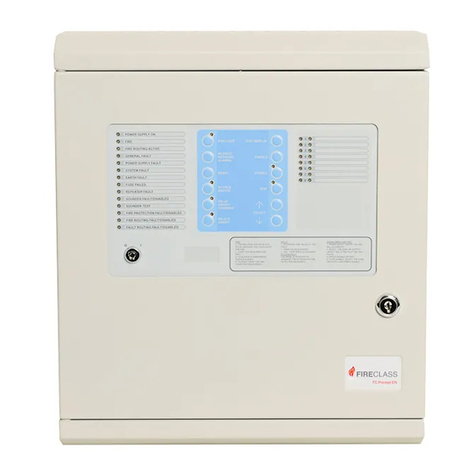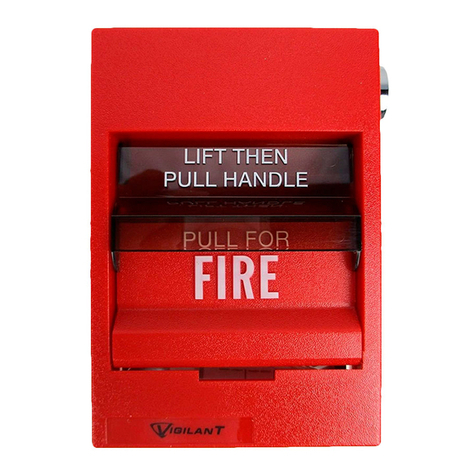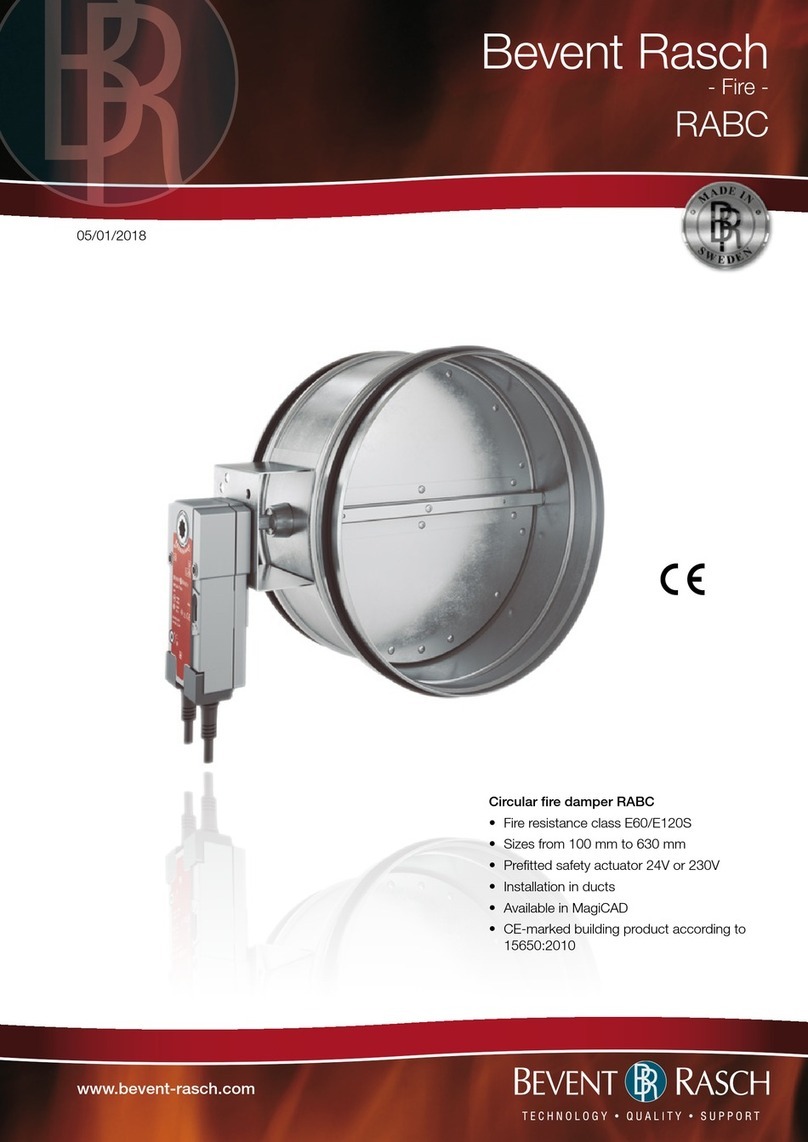
FCC WARNING: This equipment generates, uses, and can radiate radio frequency energy and if not installed
and used in accordance with the instruction manual, may cause interference to radio communications. It has
been tested and found to comply with the limits for Class Acomputing device pursuant to Subpart B of Part 15
of FCC Rules, which is designed to provide reasonable protection against such interference when operated in
a commercial environment. Operation of this equipment in a residential area is likely to cause interference,
in which case the user will be required to correct the interference at his own expense.
If these instructions are not clear, or if additional information or clarification is needed, please consult your
local authorized Fire Control Instruments, Inc. distributor.
Because of design changes and product improvements, the information in this manual is subject to change
without notice. FCI reserves the right to change hardware and/or software design, which may subsequently
affect the contents of this manual. FCI assumes no responsibility for any errors that may appear in this manual.
Neither this manual nor any part of it may be reproduced without the advance written permission of Fire
Control Instruments, Inc.
FIRE ALARM SYSTEM LIMITATIONS
An automatic fire alarm system - Typically made up of smoke detectors, heat detectors, manual pull
stations, audible/visual warning devices, and a fire alarm control panel with remote notification capability - can
provide early warning of a developing fire. Such a system, however, does not assure protection against property
damage or loss of life resulting from a fire.
Any fire alarm system may fail for a variety of reasons:
Smoke detectors may not sense fire where smoke cannot reach the detectors such as in chimneys, in walls,
on roofs, or on the other side of closed doors. Smoke detectors also may not sense a fire on another level
or floor of a building. Asecond floor smoke detector, for example, may not sense a first floor or basement fire.
Furthermore, all types of smoke detectors - both ionization and photoelectric types - have sensing limitations.
No type of smoke detector can sense every kind of fire caused by carelessness and safety hazards such as
smoking in bed, violent explosions, escaping gas, improper storage of flammable materials, overloaded electri-
cal circuits, children playing with matches, or arson.
Audible/visual warning devices such as horns, bells or strobes, may not alert people if these devices are
located on the other side of closed or partly closed doors or are located on another floor of the building.
A fire alarm system will not operate without any electrical power. If AC power fails, the system will operate
from standby batteries only for a specified time.
Rate-of-rise heat type detectors may be subject to reduced sensitivity over time. For this reason, the rate-of-
rise feature of each heat detector should be tested at least once per year by a qualified fire protection specialist.
Equipment used in the system may not be technically compatible with the control panel. It is essential
to use only equipment listed for service with this control panel.
Telephone lines required to transmit alarm signals from the premise to a central monitoring station may be
out of service or temporarily disabled.
The most common cause of fire alarm malfunctions, however, is inadequate maintenance. All devices and
system wiring should be tested and maintained by professional fire alarm installers following written procedures
supplied with each device. System inspection and testing should be scheduled monthly or as required by
National and/or local fire codes. Adequate written records of all inspections should be kept.
While installing a fire alarm system may make lower insurance rates possible, it is not a substitute for fire
insurance!
CAUTION
To keep your fire alarm system in excellent working order, ongoing
maintenance is required per the manufacturer’s recommendations and UL
and NFPA Standards. At a minimum, the requirements of Chapter 7 of
NFPA 72, The National Fire Alarm Code, shall be followed. A preventive
maintenance agreement should be arranged through the manufacturer’s
local representative. Though smoke detectors are designed for long life,
they may fail at any time. Any smoke detector, fire alarm system or any
component of that system which fails shall be repaired or replaced
immediately.
Page 4 of 28 9000-0007




















